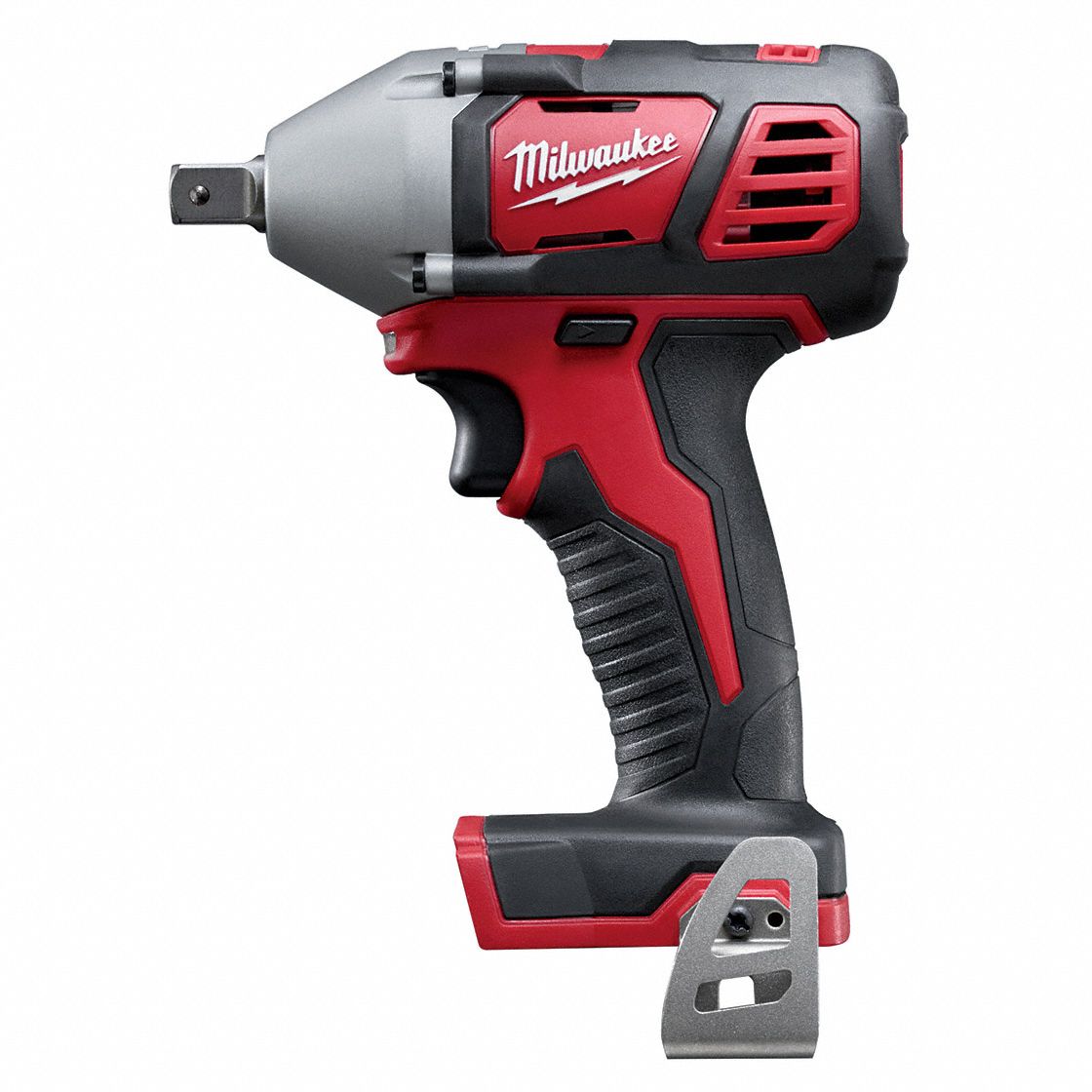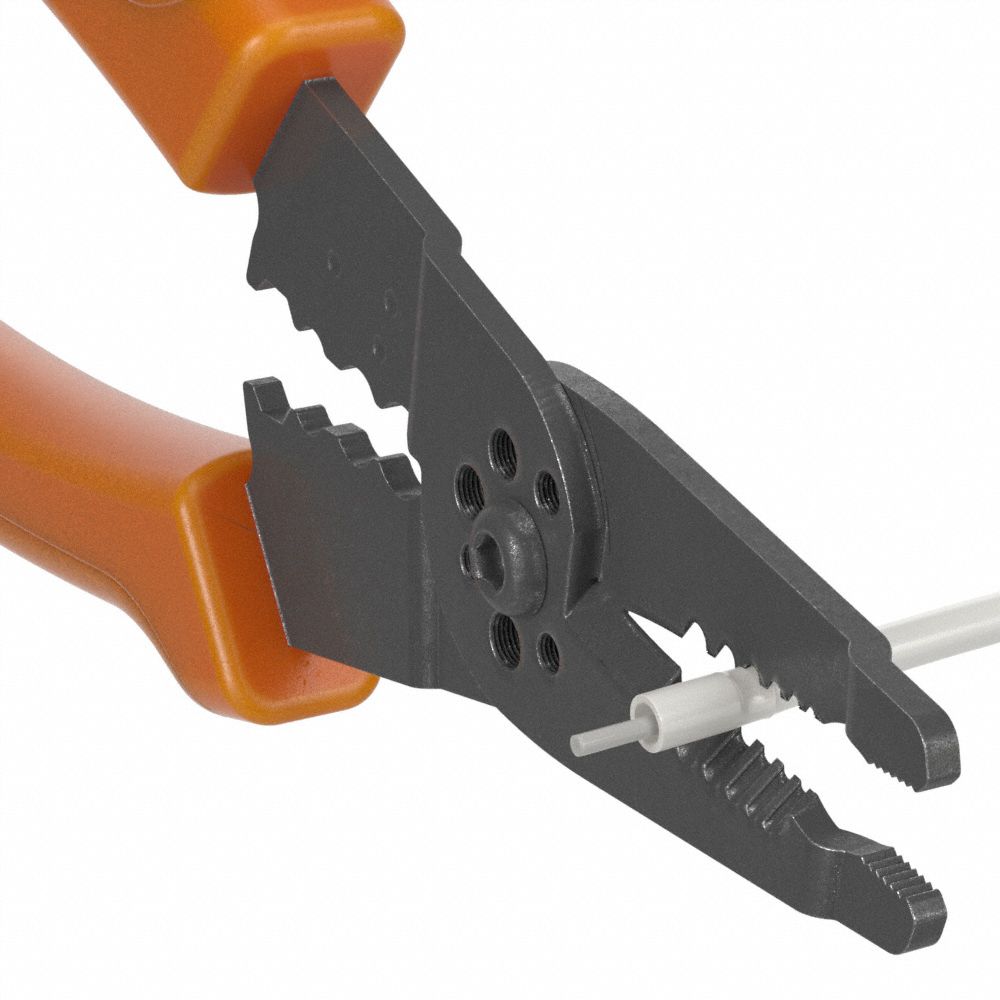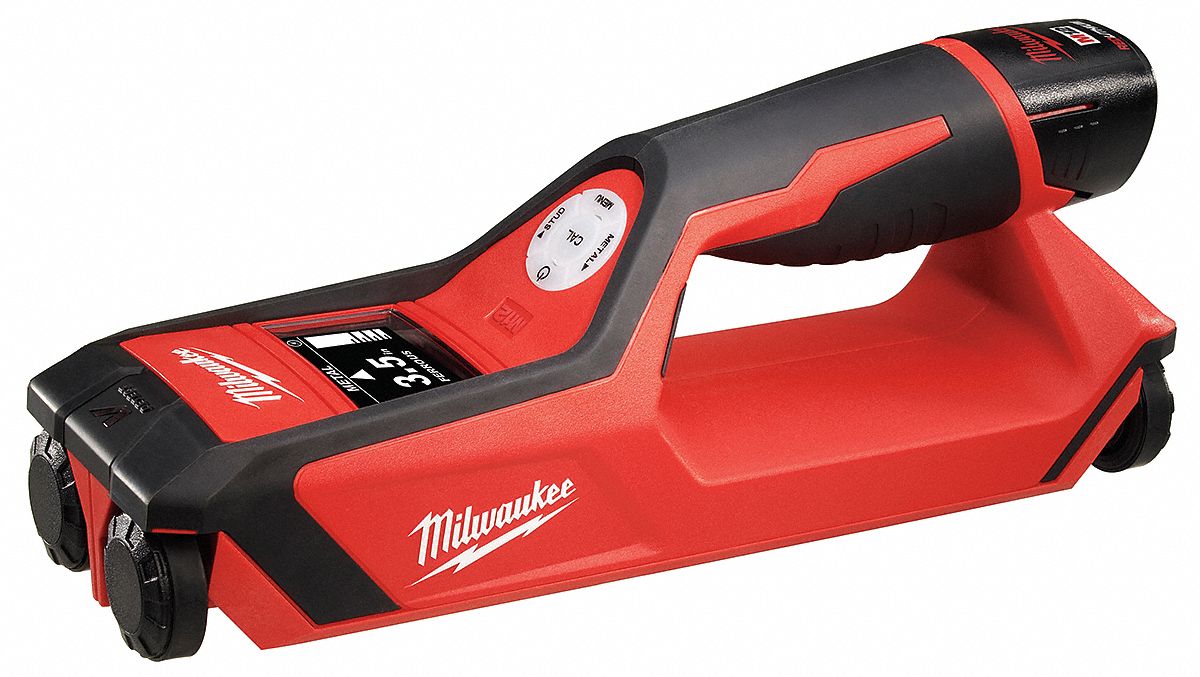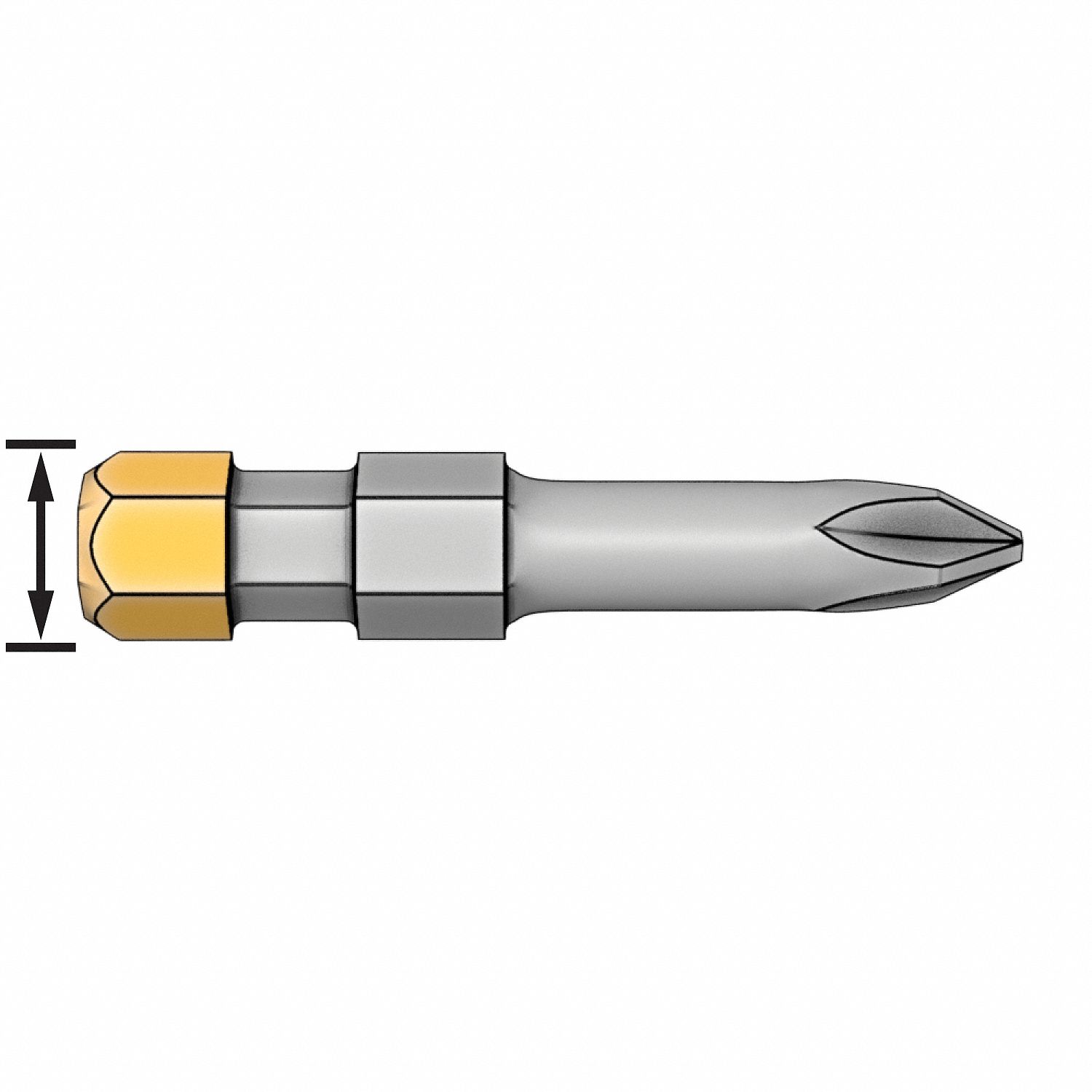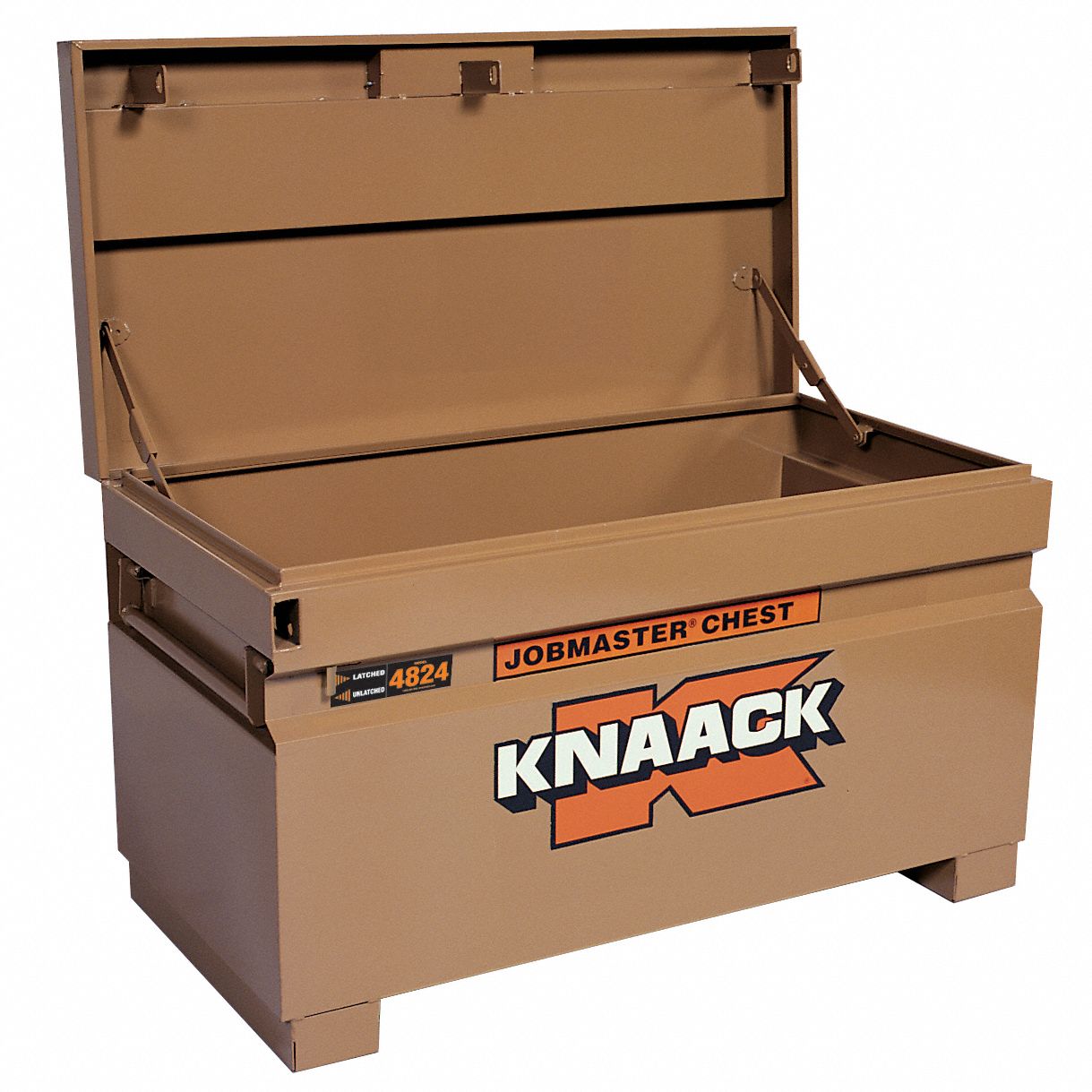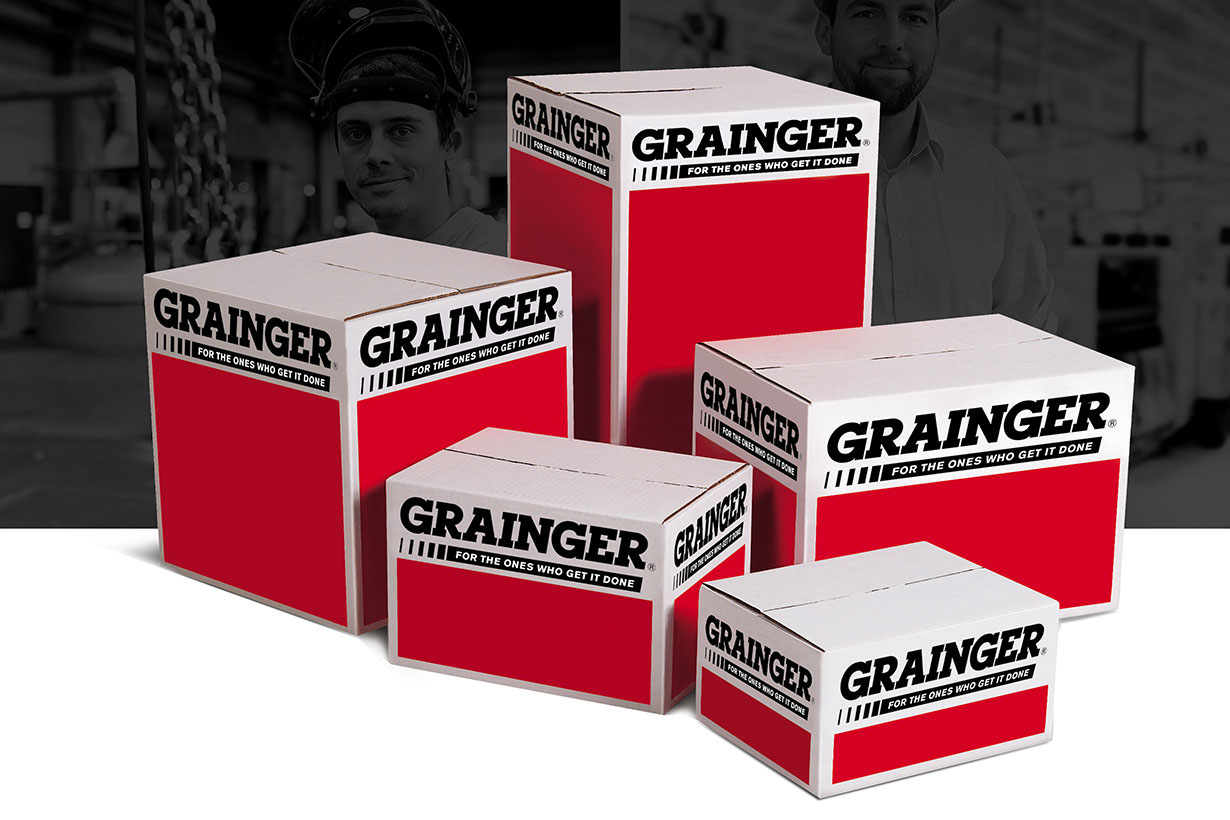

Choosing Oxy-Fuel vs Plasma Cutting Systems
By Bruce Buhler, Communications Metal Cutting for Miller Electric Mfg. Co. 10/31/19
Metal cutting is a common step involved with many welding-related jobs, whether the application is in the fabrication shop or on a jobsite. Two popular metalcutting processes to choose from are plasma arc and oxy-fuel cutting. Both systems have advantages and disadvantages, so determining which tool is the best fit depends on numerous factors, including the type and thickness of the metal, power resources available, cost and location of the job.
Oxy-fuel torches have long been a popular choice for cutting metal on a construction site or in the field, due to portability benefits. However, technology advancements are making plasma a more portable option than ever before. This article will touch on the basics of each process and the pros and cons of plasma versus oxy-fuel in various applications.
Plasma Basics and When to Consider Using the Process
Plasma is an ionized gas that conducts electricity, and it is created by adding energy to an electrically neutral gas. The energy is electricity and the gas is typically compressed air. Both of these elements are combined in a chamber between an electrode and nozzle, causing the gas to become imbalanced, creating plasma gas. Air pressure forces the plasma gas through an orifice in the nozzle, creating a concise constricted flow that is electrically conductive. The more energy added via the plasma cutter, the hotter the plasma arc becomes, providing more cutting capacity and efficiency.
Plasma cutters are used to perform cutting and gouging operations, with the average hand-held system capable of cutting a maximum metal thickness of about 1 inch. Plasma typically requires a source for compressed air and a substantial amount of electrical power. These are issues to consider when the application requires portability, though the reduced size and weight of plasma machines — with some smaller machines weighing about 20 pounds — make them a more portable option than ever. Also, the need for electrical power is not an issue on many jobsites where engine-driven welder/generators are commonly available.
One of plasma’s greatest advantages is its ability to cut non-ferrous metals such as aluminum, stainless steel and cast iron, materials that are becoming more common in many applications. Speed and precision cutting also are benefits of plasma, which typically cuts with minimal slag and can provide smooth cuts with a narrower kerf than that produced by an oxy-fuel torch. Plasma does not require the metal to be preheated before cutting, which saves time, and plasma cutters also outperform oxy-fuel torches when cutting stacked metals. Faster speeds can be achieved on thinner metals with plasma, with minimal or no metal distortion. Also, plasma systems are relatively simple to use compared to oxy-fuel systems, with the benefit of minimal cleanup.
Oxy-fuel cutting basics and benefits of the process
Oxy-fuel torches have a leg up when it comes to cutting thicker metals, and they can offer greater portability in certain situations. Oxy-fuel torches also offer versatility, as they are capable of cutting, welding, brazing, soldering, heating and gouging. The average hand-held system can cut steel 6 to 12 inches thick. However, some oxyfuel hand torches are able to cut steel more than 20 inches thick. Oxy-fuel is not dependent on a primary power or compressed air source, so it can offer advantages for jobs that require a high degree of portability. Some small oxy-fuel systems weigh about 35 pounds, so with oxy-fuel tanks and a torch, it is possible to cut steel almost anywhere.
Oxy-fuel torches are normally used for cutting only ferrous, or iron-containing, metals, and for the most part are not used for cutting cast iron, aluminum or stainless steel. For thicker steels of more than 1 inch, oxy-fuel torches are capable of greater cutting speeds when compared to typical 100 amp hand-held plasma cutting systems. Also, certain operations are exclusive to oxy-fuel systems, including fusion welding of ferrous metals, heat treating, heat shaping, riser cutting, soldering and brazing.
With oxy-fuel cutting, an oxygen/fuel gas flame preheats the steel to its ignition temperature. A high-powered oxygen jet is then directed at the metal, creating a chemical reaction between the oxygen and the metal to form iron oxide, also known as slag. The high-powered oxygen jet removes the slag from the kerf.
When using oxy-fuel torches, cut quality, preheating times and metal thicknesses all may be influenced by the type of fuel gas used. There are four basic fuel gases used most frequently in combination with oxygen for this process: acetylene, propane, propylene and natural gas. Fuel gases are typically chosen according to the cutting application, cost, heat output and oxygen consumption.
Additional Pros and Cons of Each Process
Oxy-fuel torches are available in extended lengths to keep the operator at a distance from the heat, flames and slag produced while cutting. Most torch hoses are connected to a set of cylinders on a portable cart or in a few cases to a stationary manifold header system. The use of long hoses allows greater portability than is afforded by a plasma cutter, which requires electrical power and a compressed air source. Oxy-fuel torches are most commonly used with 75- to 100-foot hoses, though in some operations torch hoses of up to 200 feet may be used.
Plasma cutting systems can offer benefits for cutting thinner ferrous and non-ferrous metals, including shaped metals — angles, channels and tubes, for example. Plasma cutters also are better able to cut large volumes of thin sheet metal and offer the fastest grate-cutting capability. Plasma systems also do not require storing or handling explosive gases or dealing with an open flame, resulting in a safer jobsite.
Cost Considerations Will Also Come into Play When Making the Decision.
The initial investment in plasma machines is often more expensive than other cutting methods. A typical hand-held plasma cutting unit will cost about $1,500 to $3,500, and replacing plasma tips and electrodes costs about $15 to $20 per set. The cost of electricity also must be considered when using plasma, though the electricity likely will offer lower costs in the long run compared to the gases needed to power oxy-fuel torches.
An oxy-fuel cutting outfit will cost between $250 and $900, with replacement cutting tips costing between $10 and $20. There also is the ongoing cost associated with refilling the oxygen and fuel cylinders, as well as cylinder handling.
Consider the Uses, Benefits
Two important questions to ask when choosing between plasma and oxy-fuel cutting tools are: what needs to be cut on a day-to-day basis, and what is the thickest metal that will need to be cut? If the job consistently requires cutting thicker metals, the time and money saved by quickly cutting through thick metal with an oxy-fuel system makes a difference. On the flip side, if precision cutting of stainless steel and aluminum is important, a plasma arc system is the way to go. For a quick look at the system comparisons, see the attached chart.
Both systems have their place in most metal-processing applications, and many operations will benefit from having both systems in their arsenal. Oxy-fuel has long been a commonly-used method for many applications, but plasma continues to gain popularity as the equipment advances and becomes less expensive.
| PLASMA ARC CUTTING | OXY/FUEL CUTTING | |
|---|---|---|
|
Metals |
Plasma cuts any electrically-conductive metal (steel, aluminum, copper, stainless steel, etc.) from very thin (<3/8 in.) up to 2 inches. |
Oxy/fuel cuts ferrous (iron-containing) steels up to 24 in. thick. Metals such as aluminum and stainless steel cannot be cut with Oxy/fuel due to the formation of an oxide that prevents oxidation from fully occurring. |
|
Industries |
Common in metal fabrication, construction, agriculture, maintenance, automotive repair, metal art, sculpting, home hobby and DIY applications. |
Agricultural, fabrication, construction, maintenance repair, mining, automotive, hobbyists, DIY applications. |
|
Preheating |
Not required |
Required |
|
Productivity |
Plasma cutting works exceptionally well on thinner materials (<1/2 in.), depending on the output of the power source. It can also cut stacked material and works well on expanded metals. Prep time is minimal with no preheating requirements. Produces a small and precise kerf (cut) width. Features a small heat-affected zone that prevents warping and damage. Cleanup is rarely needed as dross is cleanly blown away. |
Oxy/fuel is capable of efficiently cutting metals up to 24 in. thick. It is not dependent on a primary power source. Fuel gas and tip design options enhance performance. |
|
Portability |
Portability varies based on technology, size of power source and size of air tanks (if not using a built-in air compressor). Many units can work efficiently in the field off of engine-driven generators and a variety of primary power sources thanks to primary power management technologies offered in some plasma cutters. |
Highly portable and is not dependent on a primary power source or compressed air – capable of cutting anywhere with gas tanks and torches. |
|
Versatility |
Stack cutting, beveling, shape cutting, gouging and piercing of metals is possible with plasma cutters. |
With a combination torch, oxy/fuel systems can be used for heating, brazing, soldering welding, gouging, riser cutting and bending metals |
|
Safety Concerns (Operated properly, each tool is safe and effective. Improper use can lead to the following problems.) |
Electrocution; fires started by sparks; cutting in and around combustible materials; damage to protective clothing, skin and tissue if used improperly. Always wear appropriate clothing. |
Flashbacks; fires started by sparks, cutting in and around combustible materials, damage to protective clothing, skin and tissue if used improperly. Always wear appropriate clothing. |
The information contained in this article is intended for general information purposes only and is based on information available as of the initial date of publication. No representation is made that the information or references are complete or remain current. This article is not a substitute for review of current applicable government regulations, industry standards, or other standards specific to your business and/or activities and should not be construed as legal advice or opinion. Readers with specific questions should refer to the applicable standards or consult with an attorney.

